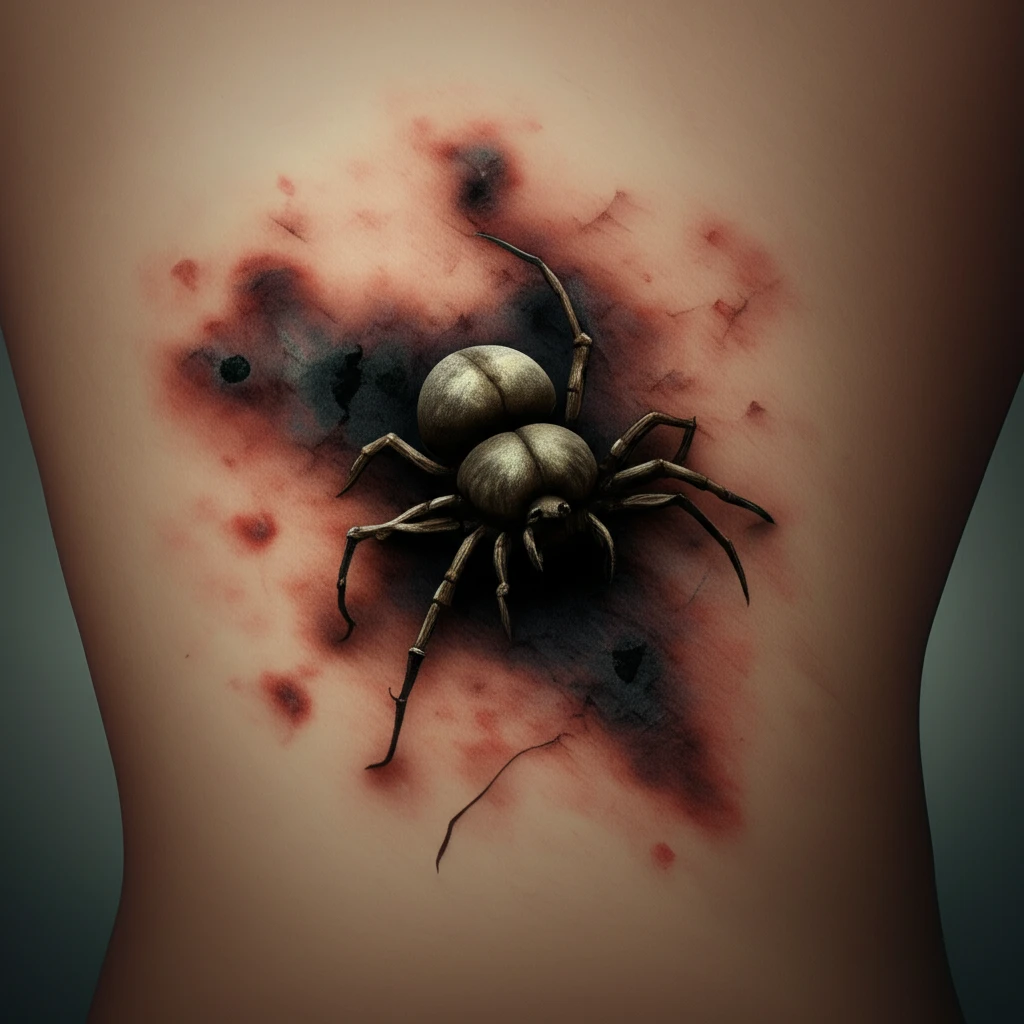
Spider Bite SOS: How to Spot Loxoscelism Before It Spots You
"A Valencia case study reveals the sneaky symptoms and what to do when a harmless itch turns sinister."
That tickle on your skin could be more than just a bug bite. In some parts of the world, a seemingly innocent spider bite can lead to a condition known as loxoscelism, a potentially serious reaction to the venom of recluse spiders. While not every spider bite is cause for alarm, knowing the signs of loxoscelism is crucial for timely intervention and minimizing long-term damage.
Loxoscelism occurs when a recluse spider, primarily of the Loxosceles genus, injects venom into the skin. These spiders, often found in dark, undisturbed places, aren't typically aggressive but will bite if threatened. The venom contains toxins that can cause a range of symptoms, from localized skin damage to systemic complications.
This article breaks down a case study from Valencia, Spain, detailing how a seemingly mild itch turned into a confirmed case of loxoscelism. Use this to get familiar with recognizing the warning signs, understand the diagnostic process, and know the available treatment options for this condition.
The Case from Valencia: A Spider Bite Unmasked

In Campolivar, Valencia, a 25-year-old woman's morning routine took a turn when she noticed an itch on her right thigh. Initially dismissed, the discomfort quickly escalated into a painful, indurated area marked by localized erythema (redness) and ecchymosis (bruising). Thinking it was a simple skin infection, she consulted an orthopedic surgeon. She was misdiagnosed and received oral cefuroxime, omeprazole, naproxen, and a topical betamethasone/gentamycin cream. Nothing worked.
- Increasing pain and skin darkening
- Occasional headaches and nausea (without vomiting)
- A central hemorrhagic blister surrounded by a pale halo and extensive erythema
- Failure to respond to antibiotics
Preventative Measures and What to Do Next
Spider bites can be scary, but staying informed is key. If you suspect a recluse spider bite, seek medical attention immediately. Early diagnosis and proper wound care can minimize the severity of loxoscelism and promote healing.
